|
|
|
|
|
|
|
|
|
|
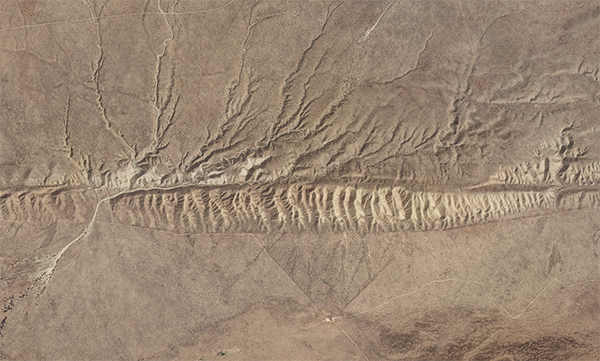 |
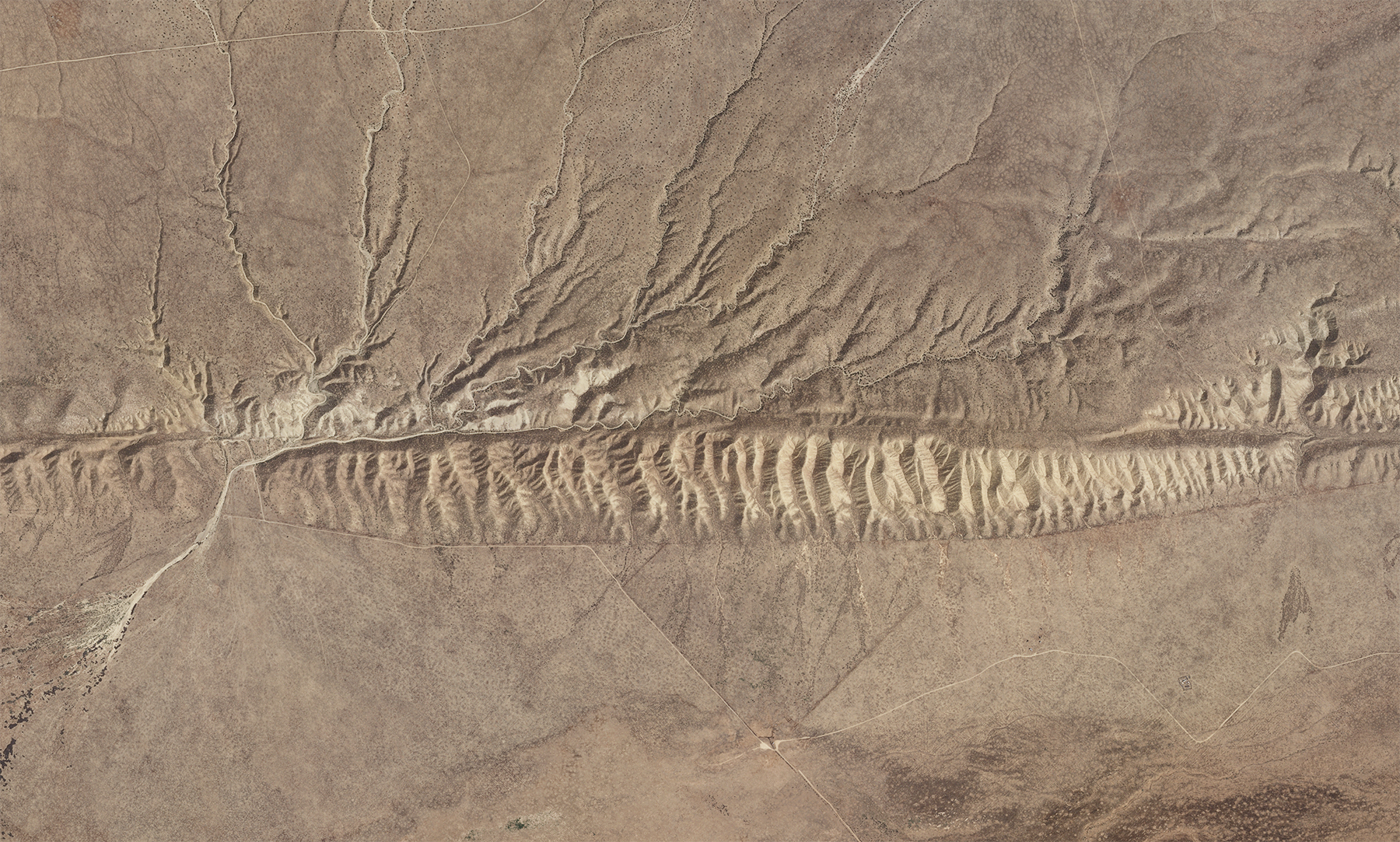 |
SkySat • San Andreas Fault, California, USA • July 26, 2019 |
In this week’s issue:
Having trouble viewing images? Then read this issue on Medium! |
|
|
|
|
FEATURE STORYFaults
Once upon a time, Earth’s landmasses were far from where they reside today. Pangea reigned. But over the eons the continental puzzle-like pieces drifted, shifted, and collided their way to the other ends of the Earth. You probably know this. But what you may not know is the extent to which these ancient (and ongoing) battle lines continue to shape our lives today.
Mountains, oceans, and volcanoes are all the product of these tectonic movements. Their creation is slow—Earth’s plates operate on a timeline so prolonged it puts the word “glacial” to shame. But like a marital quarrel, years of friction and pent up tension can abruptly erupt. And the result is not always pretty. Tectonic boundaries are associated with many of Earth’s most beautiful splendors, but also its most destructive outbursts. The settlements and cities like Los Angeles and Tokyo built over these lines are, at any given moment, a moment away from calamity.
|
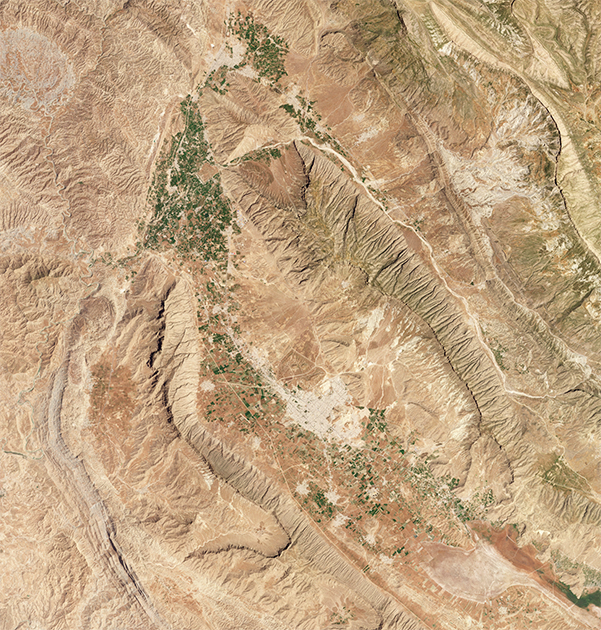 |
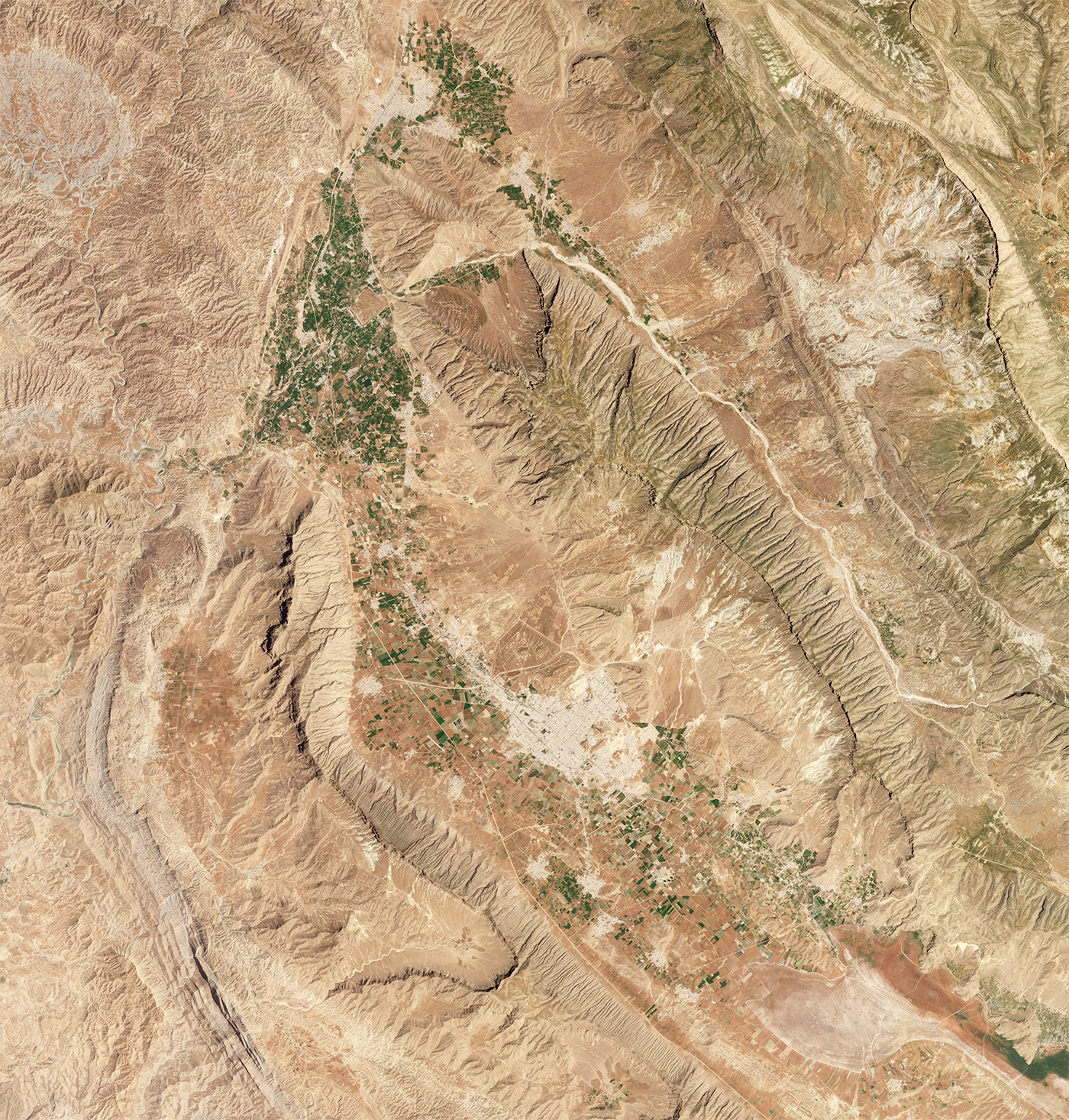 |
PlanetScope • Kazerun Fault, Zagros Mountains, Kazerun, Iran • April 30, 2023 |
Earth’s lithosphere—the planet’s outer shell—is broken up into a collection of tectonic plates that sit on a partially molten layer below, inducing their movement. The tangible physics is happening out of sight, at least for our curious eyes, but in certain places their features are visible. It’s at these plate boundaries that the faults in our Earth can stand apart from their surroundings, like the incredibly straight Alpine Fault that separates New Zealand’s Southern Alps from the coastal wetlands. |
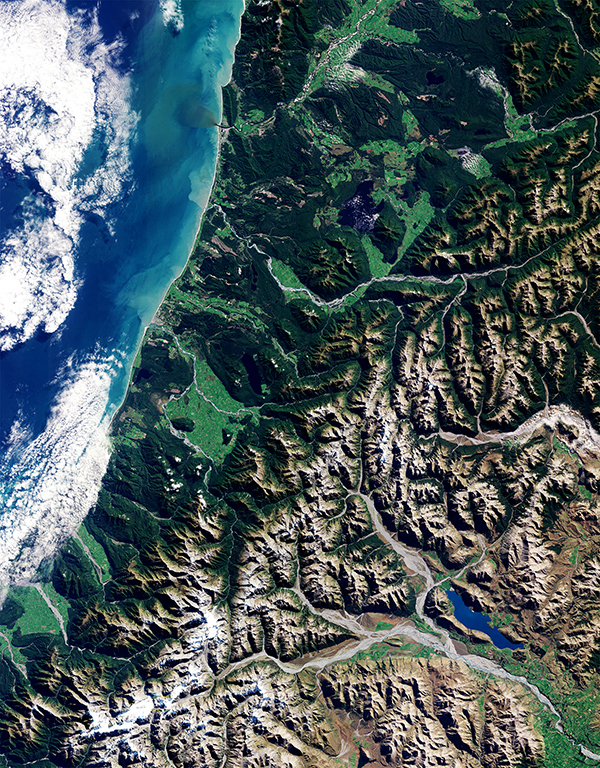 |
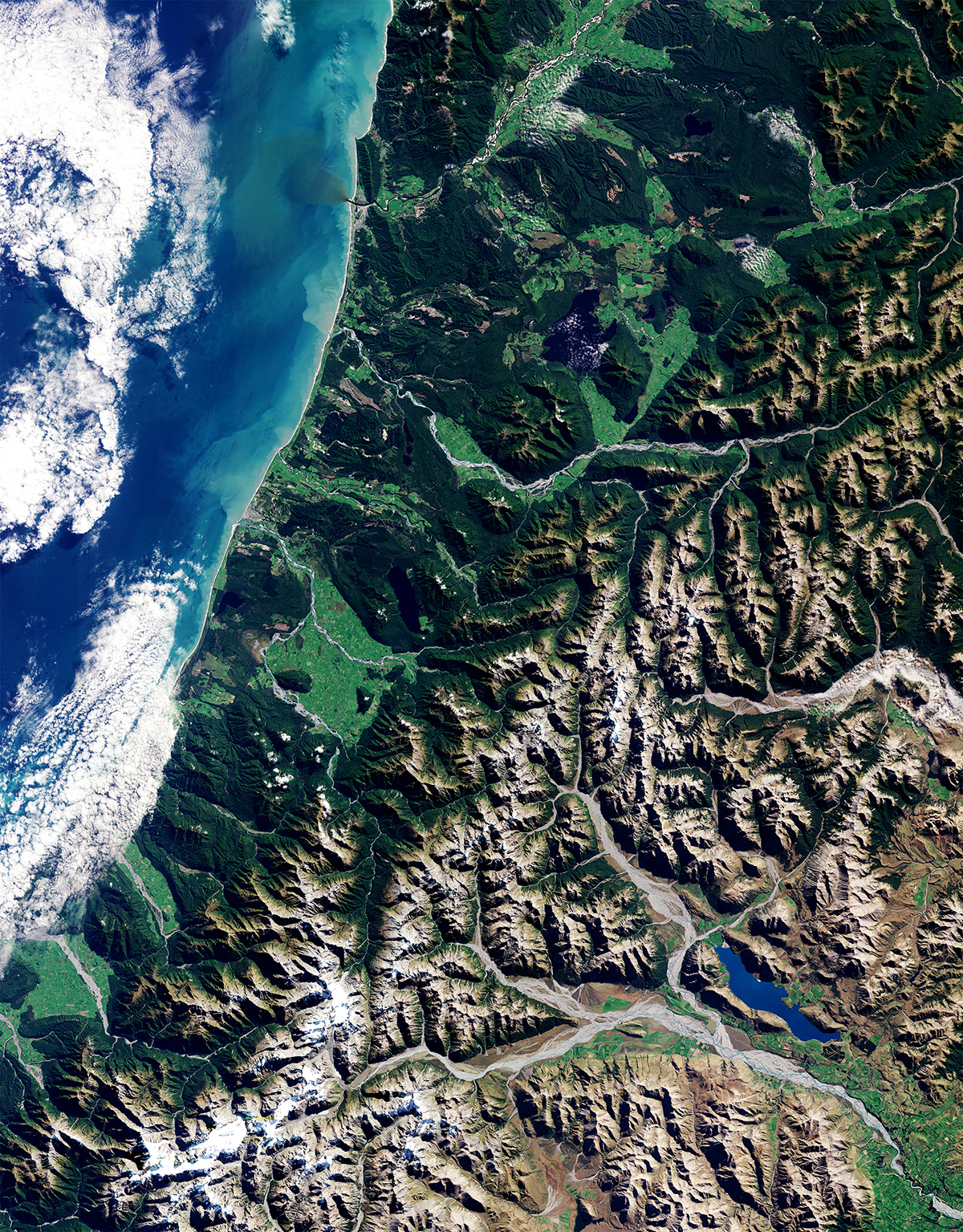 |
PlanetScope • Alpine Fault, Te Waipounau/South Island, New Zealand • April 3, 2023 |
We’re condensing a lot of geology here (we’re a newsletter, after all). So excuse us as we continue with the brevity and say that there are three major types of faults: normal, reverse, and strike-slip. These jiu-jitsu-sounding names refer to how tectonic plates move in reference to one another. The most easily visualized is the strike-slip (aka transform), described by two blocks moving horizontally past one another, like China’s Piqiang Fault. |
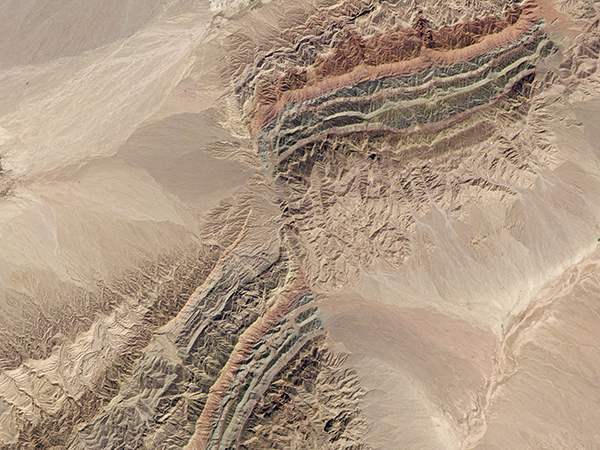 |
 |
PlanetScope • Piqiang Fault, Xinjiang Autonomous Region, China • September 29, 2019 |
As shown in the image above, strike-slips can become visible by deforming landscapes, like mountain ranges, over time. In some instances, like the devastating earthquake earlier this year in Turkey and Syria, this distortion is rapid. The strike-slip movement is particularly apparent in this field in Turkey that permanently shifted along the fault line. |
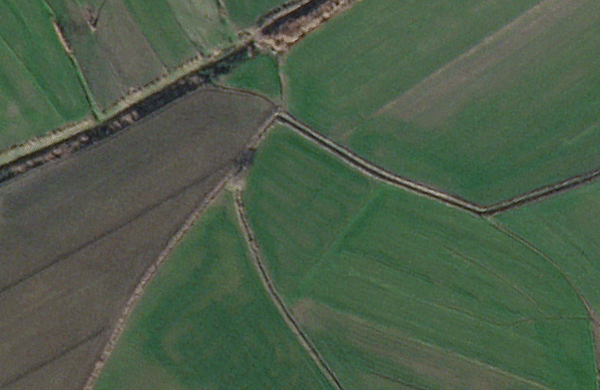 |
 |
SkySat • Fault trace, Dulkadiroglu, Turkey • January 1 - February 14, 2023 |
Reverse faults are found where plates converge. Over eons mountains can rise from these head-on collisions. Millions of years ago the Indian and Eurasian landmasses collided, causing the 2,900-km (1800-mi) mountain range to protrude upwards and create the massive peaks of the Himalayas. |
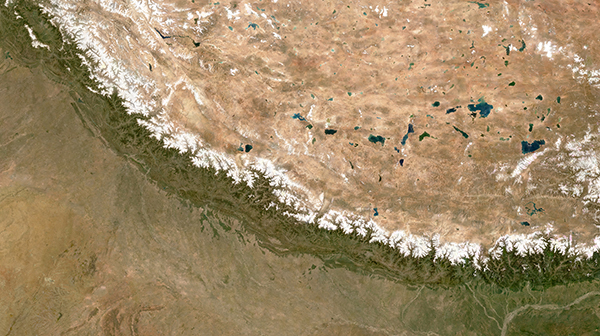 |
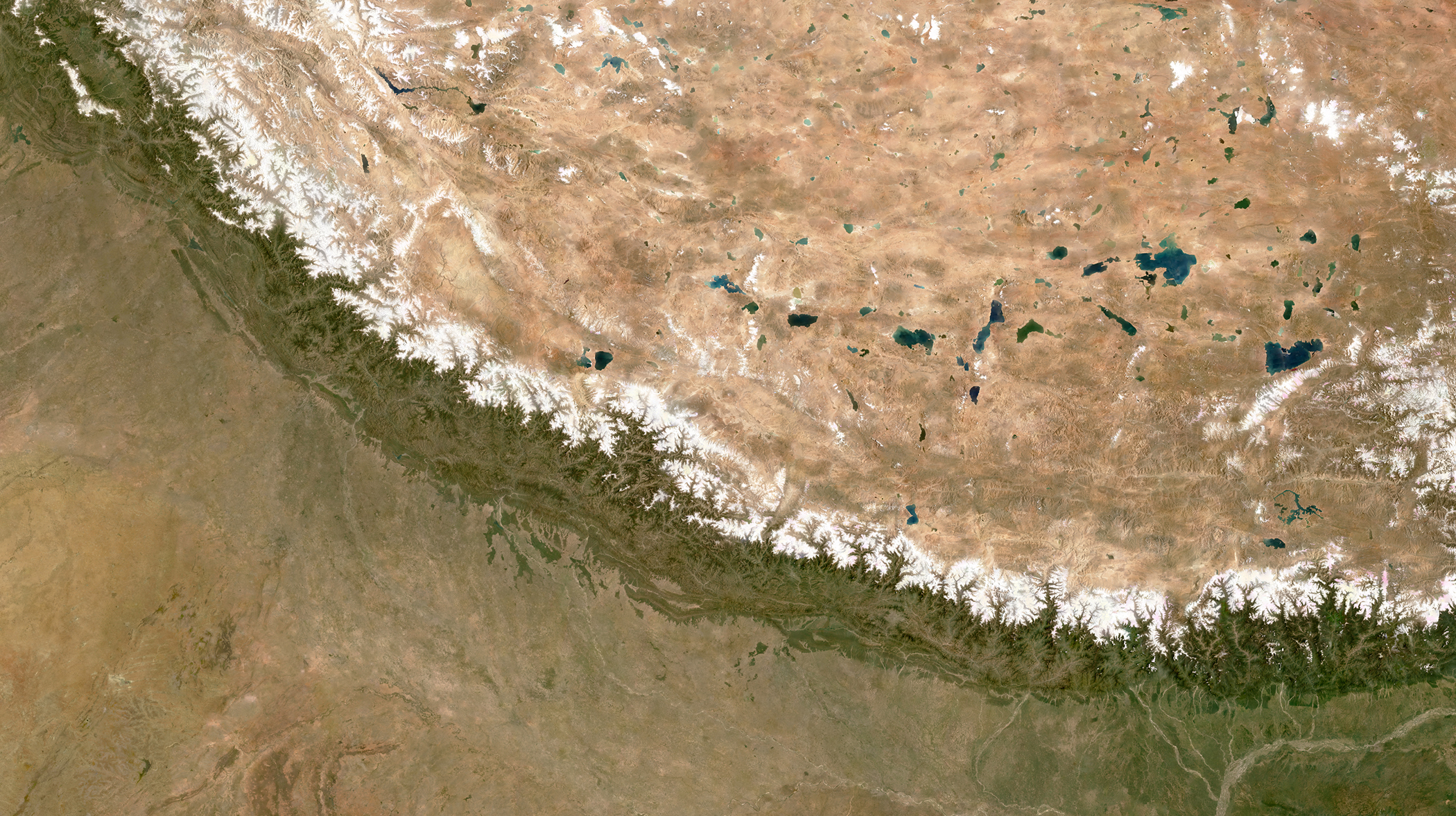 |
Quarterly Basemap • The Himalayas, Asia • 2020 |
Lastly, normal faults are generally associated with plates diverging from one another. These boundaries bring up magma from Earth’s core and create new crust, often forming oceans like the Atlantic in the process. And the rifts that stretch between them are often brimming with geological wonders. The African continent is currently being split in two. And the rift that’s opened between—the East African Rift—is an area so diverse, fascinating, and important that it felt ridiculous to include only one image. |
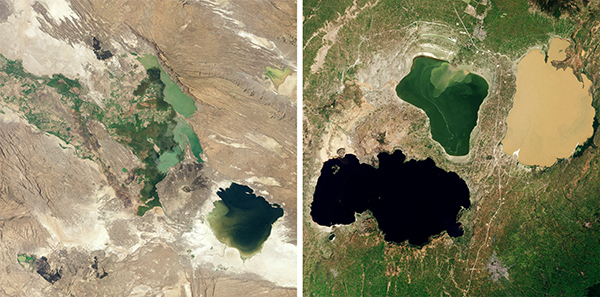 |
 |
|
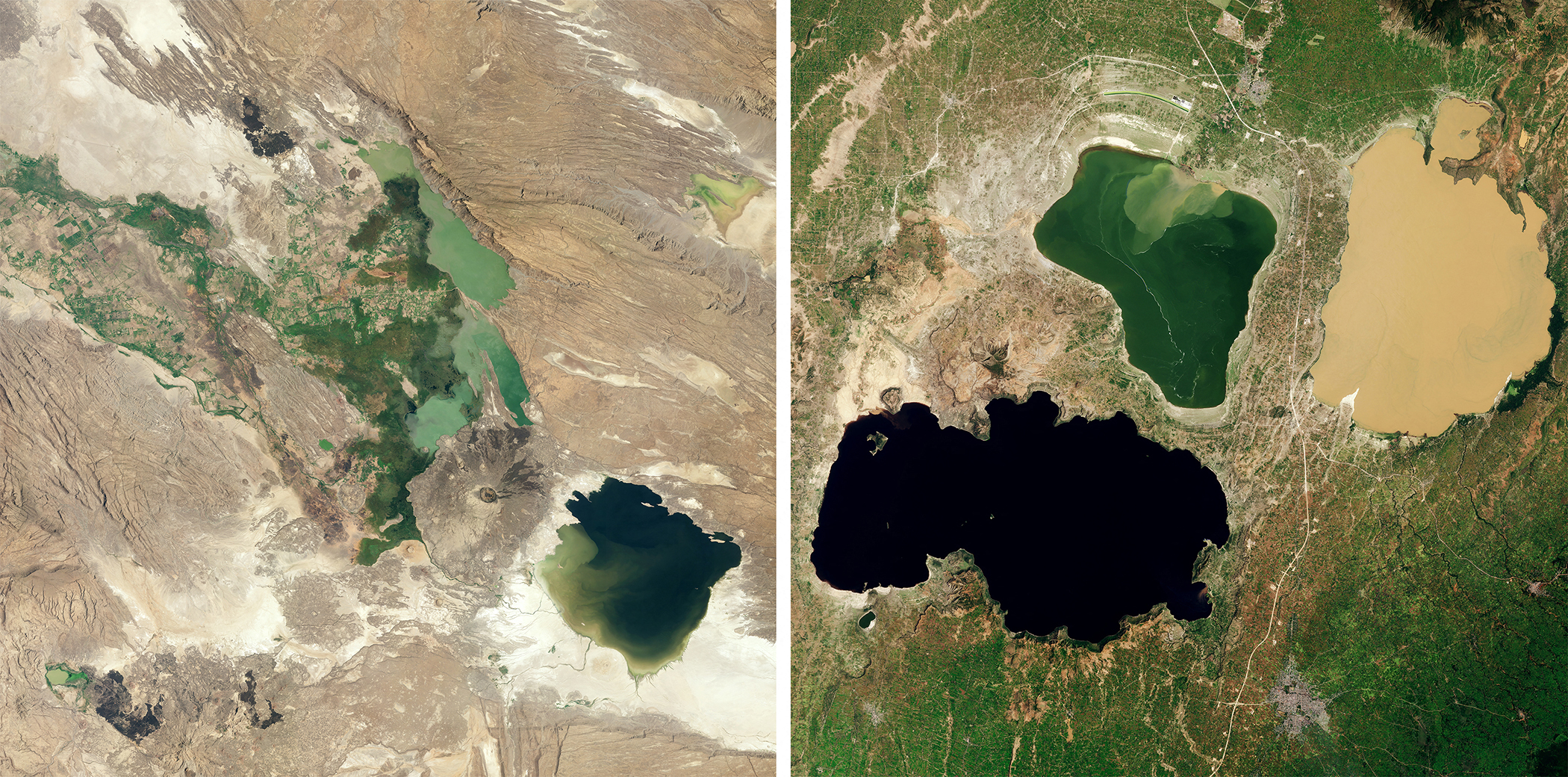 |
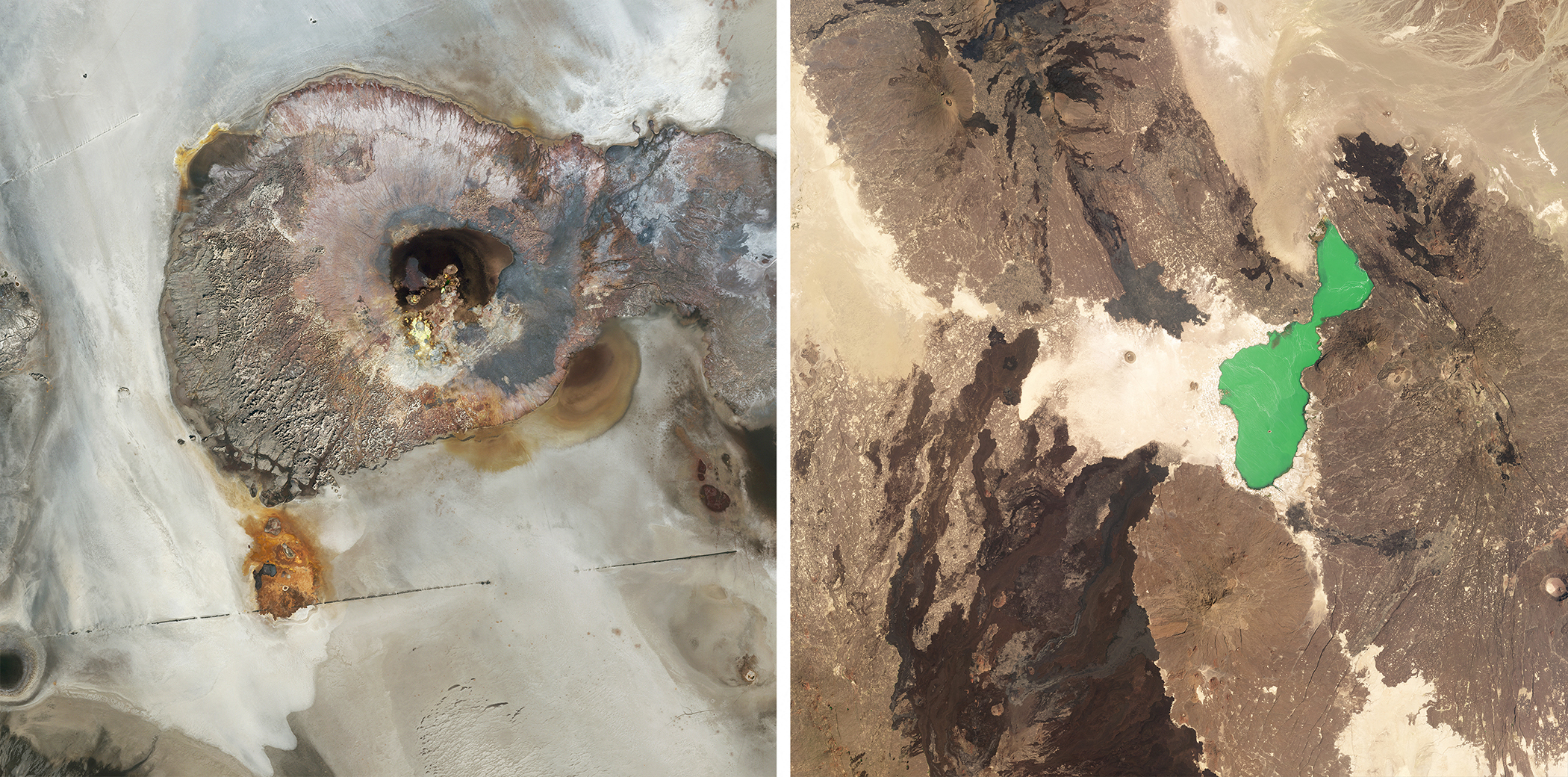 |
TL: PlanetScope • Lake Abbe, Ethiopia & Djibouti • March 7, 202TR: Shala, Abijata, and Langano Lakes, Ethiopia • October 18, 2021BL: SkySat • Dallol, Danakil Depression, Ethiopia • January 29, 2023BR: Lake Afrera, Ethiopia • February 19, 2023 |
Almost all earthquakes are caused by plate tectonics. And 83% of tsunamis are directly caused by earthquakes themselves. Surrounding the Pacific Ocean is a gigantic stretch of fault activity known informally as the Ring of Fire. Roughly 90% of earthquakes and 75% of active volcanoes are found here, where the Pacific Plate (the largest of them all) intersects with a number of others. |
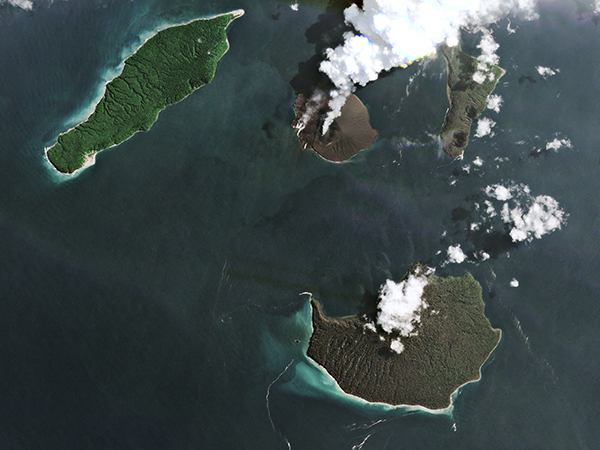 |
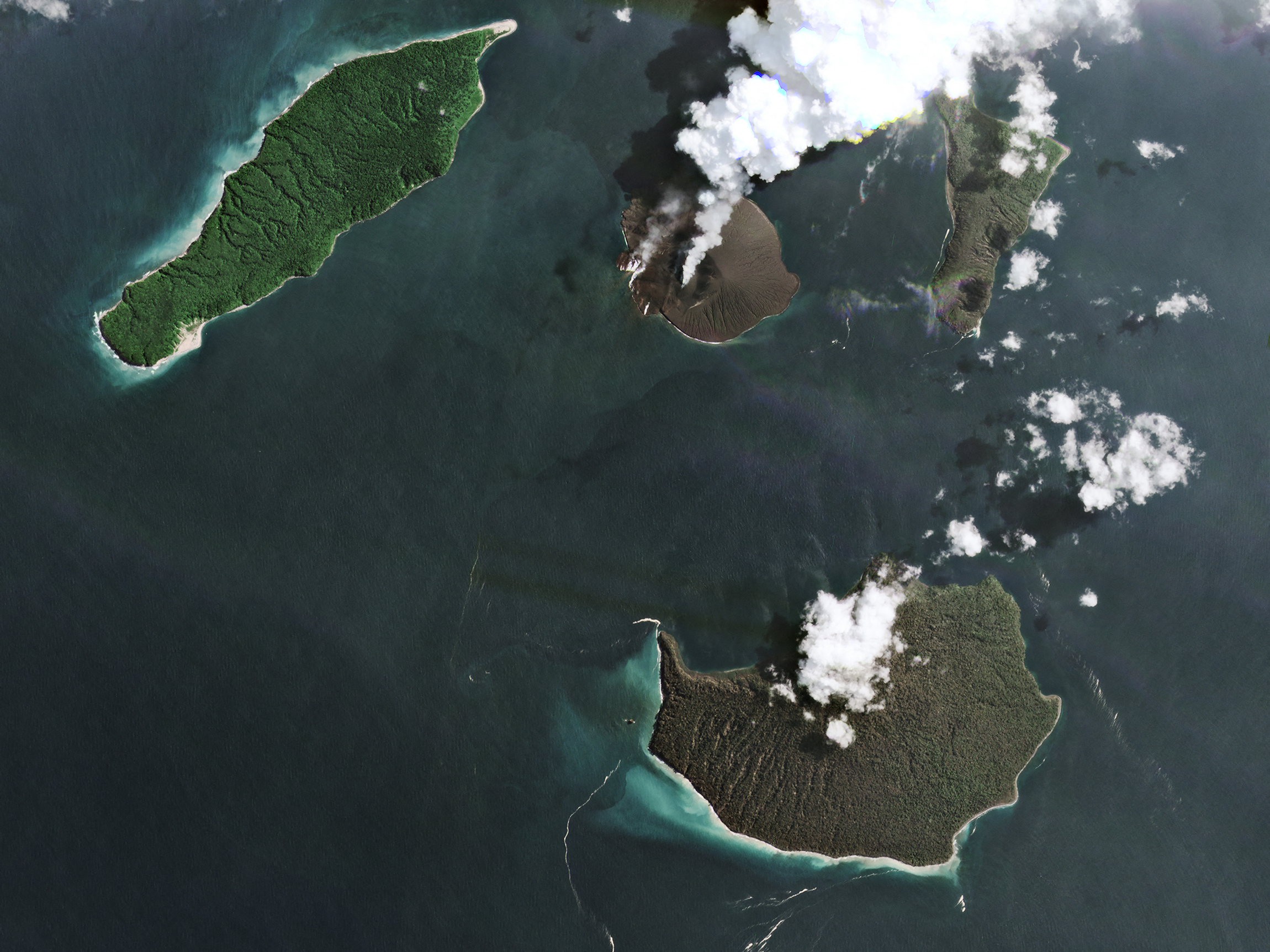 |
PlanetScope • Eruption at Krakatoa, Sunda Strait, Indonesia • April 25, 2022 |
Like mineralogy mystics, geologists read between fault lines to decipher Earth’s puzzle. Embedded within the strata is a map of the planet’s past, but also the signs needed to forecast probable future events. Unlike the climate, plate tectonics aren’t anything we can actually influence. But their dangerous outbursts occur with some degree of regularity. |
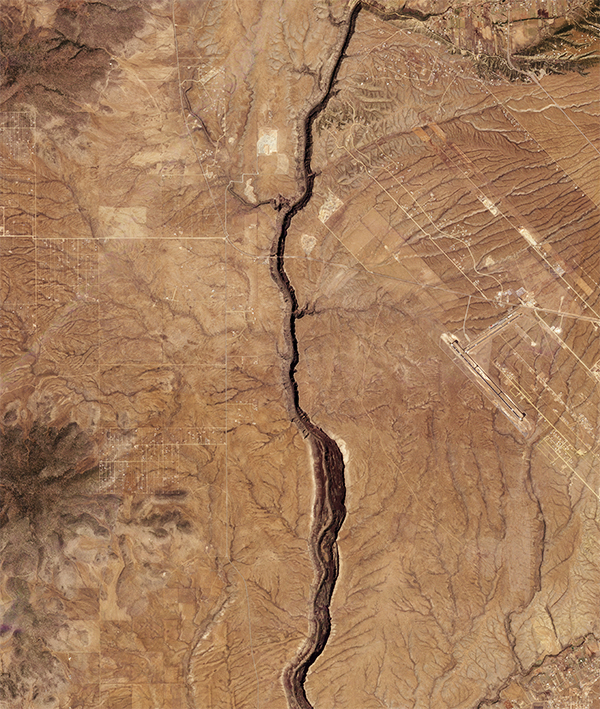 |
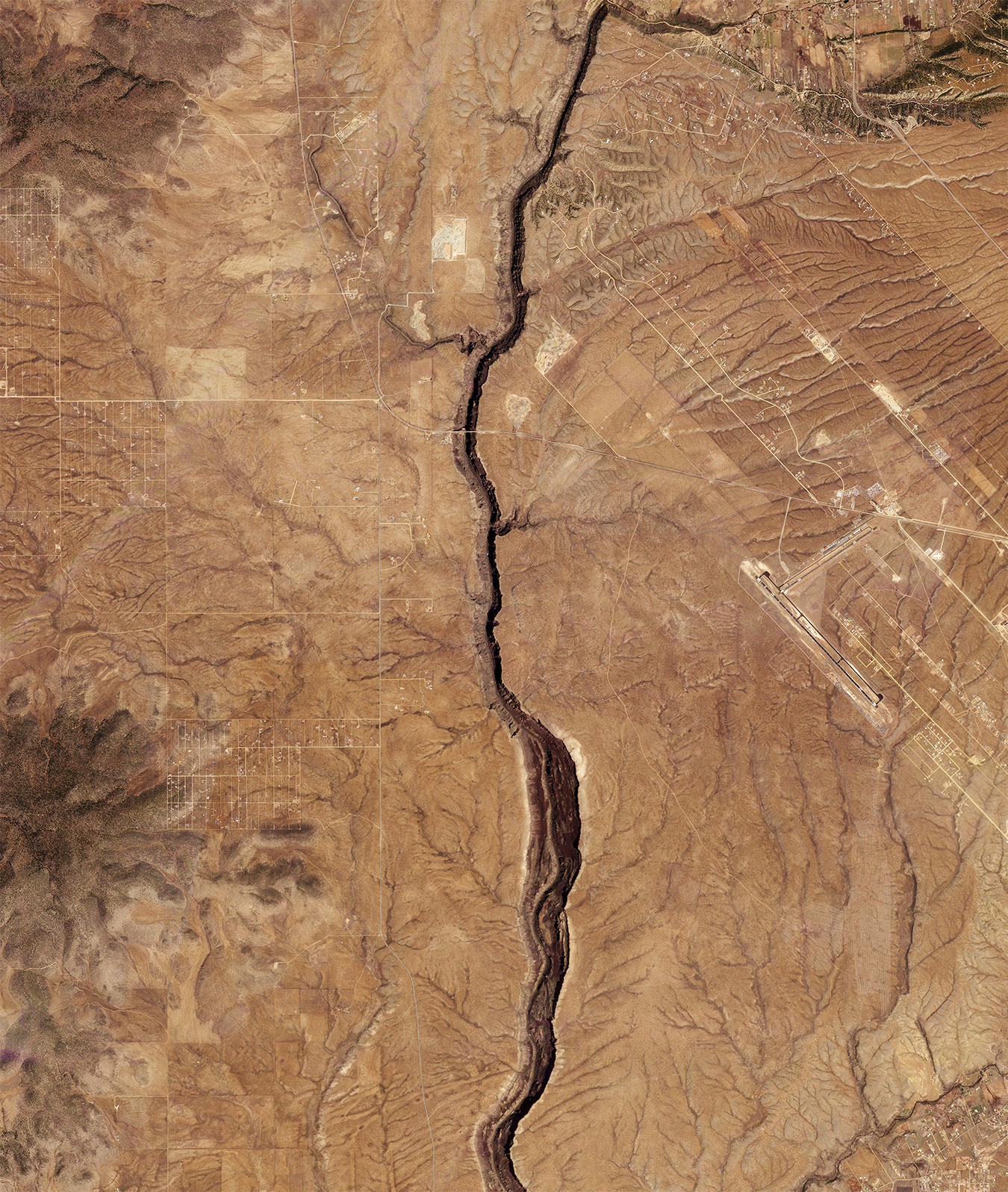 |
PlanetScope • Rio Grande Rift, New Mexico, USA • April 21, 2023 |
Around 62% of the global population lives within earthquake-prone areas. And for good reason. Not only are tectonics responsible for some of Earth’s most beautiful landscapes, but they’ve also provided critical resources for habitability, like fertile soil from volcanoes and circulation of critical ores and minerals. |
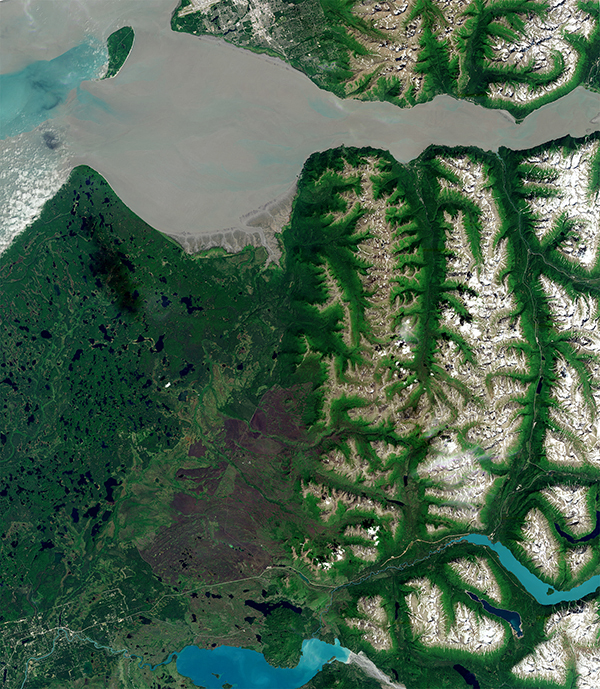 |
 |
PlanetScope • Border Ranges Fault, near Anchorage, Alaska, USA • June 30, 2021 |
Seismic surprises are part of the terms & conditions those of us living over these boundaries must sign. We can create better early warning systems and more resilient infrastructure, but ultimately these Earth-shaking forces are a humbling reminder that we stand on the shoulders of giants. |
|
|
|
|
|
|
|
|
|
|
Change of the WeekThaw & Fall
Some folks herald spring by its longer days and cheery flowers. Others look to thawing lakes in the Russian hinterlands. We side with the latter, and particularly with the ladder-runged-islands of the shallow Lake Chany. |
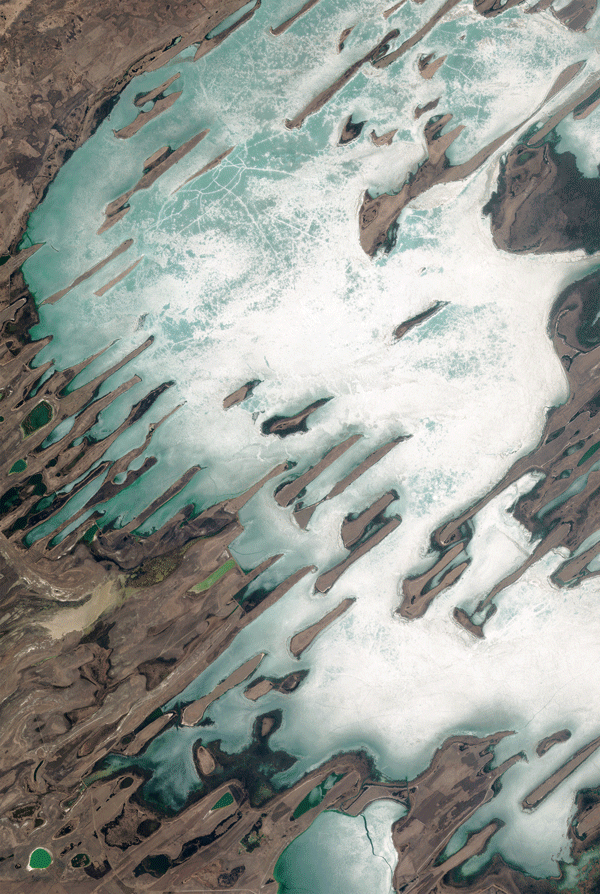 |
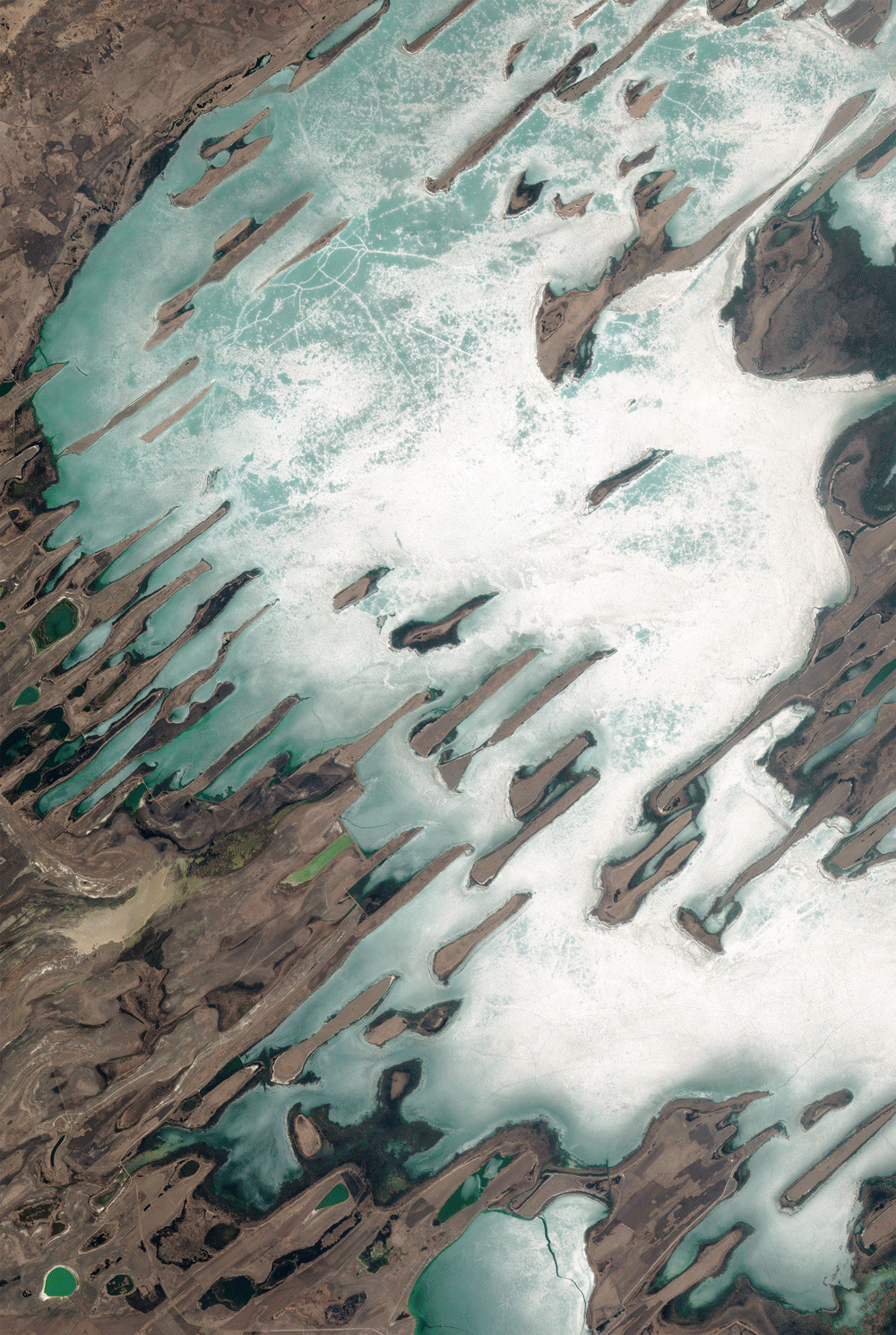 |
PlanetScope • Lake Chany, Russia • April 29 - May 13, 2023 |
As above, not quite below. Spring up north is fall down south, and Argentina’s copper-colored foliage provides no better indication of the cooling weather. |
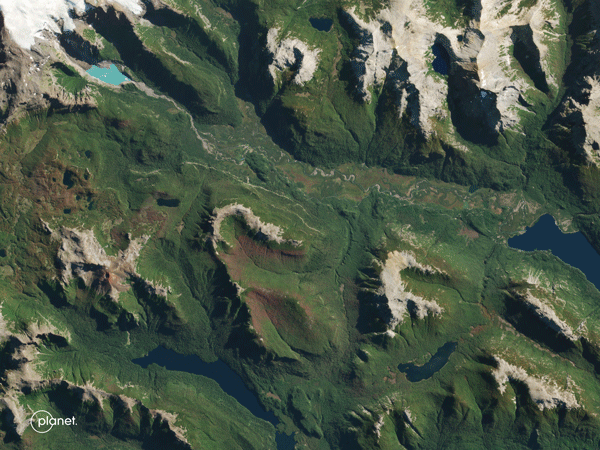 |
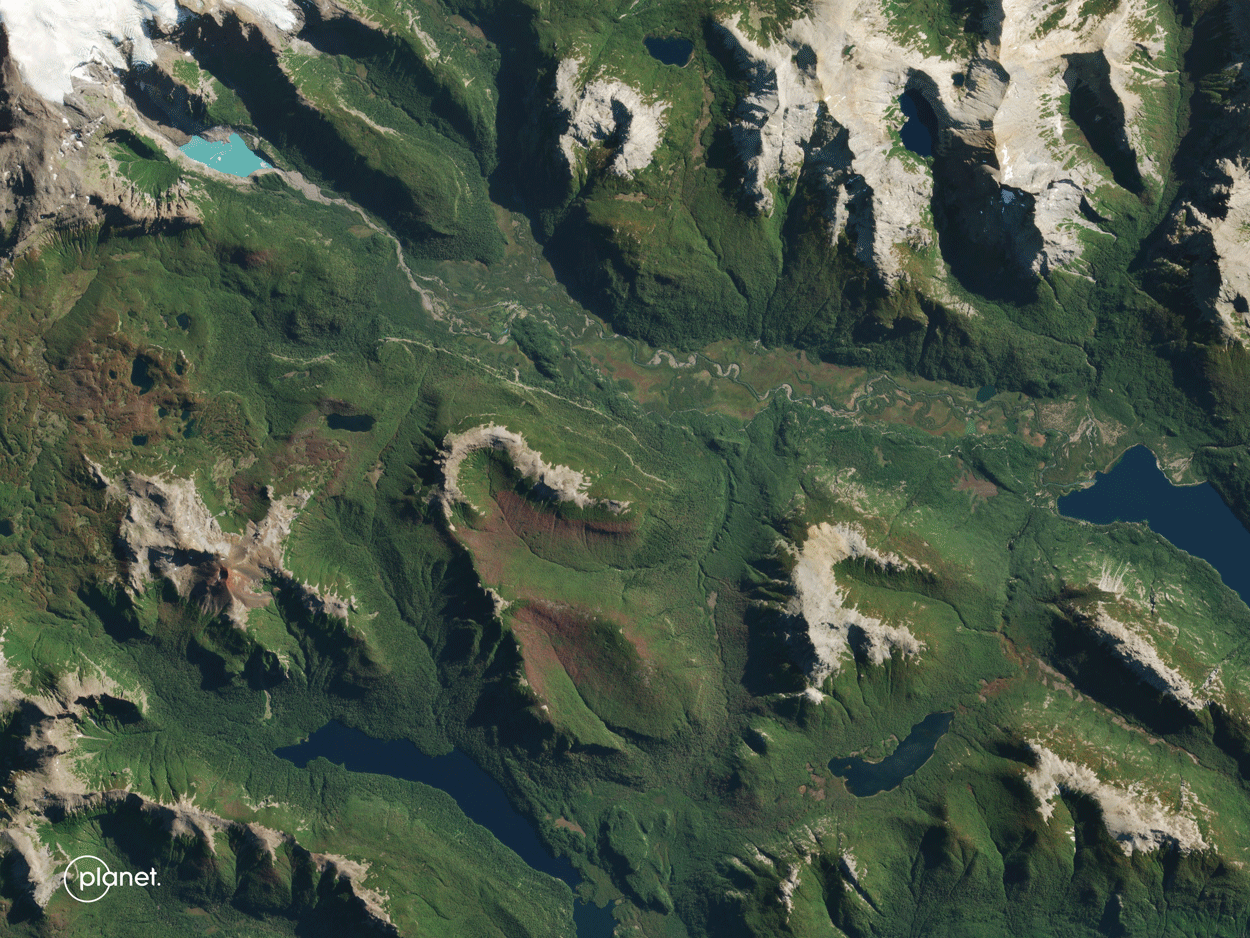 |
PlanetScope • Nahuel Huapi National Park, Argentina • March 27 - April 24, 2023 |
|
|
|
|
|
rEMOTE sENSATIONSWaterfalls
We’re still in good spirits from Earth Day last month, so we figured we’d chase some areas we find particularly beautiful: waterfalls. The towering cascades of water that make up Iguazú Falls and Angel Falls can be hard to appreciate from a top-down perspective. So we chose some scenes that are a bit more at an angle (aka oblique). |
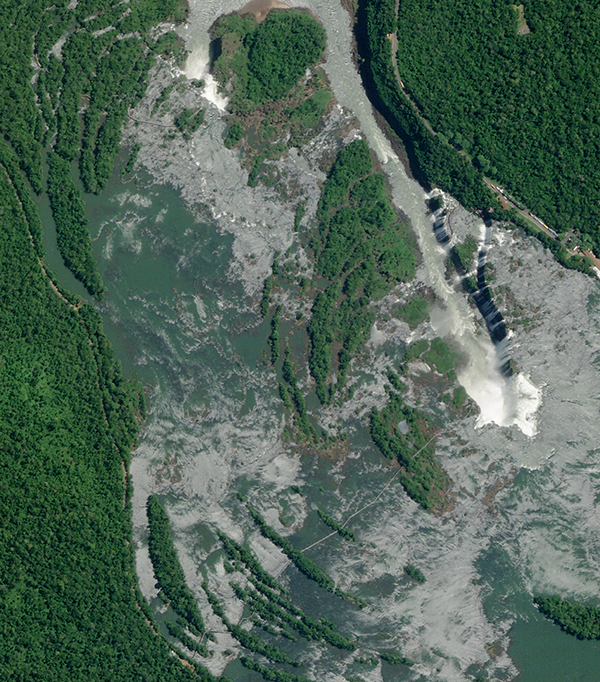 |
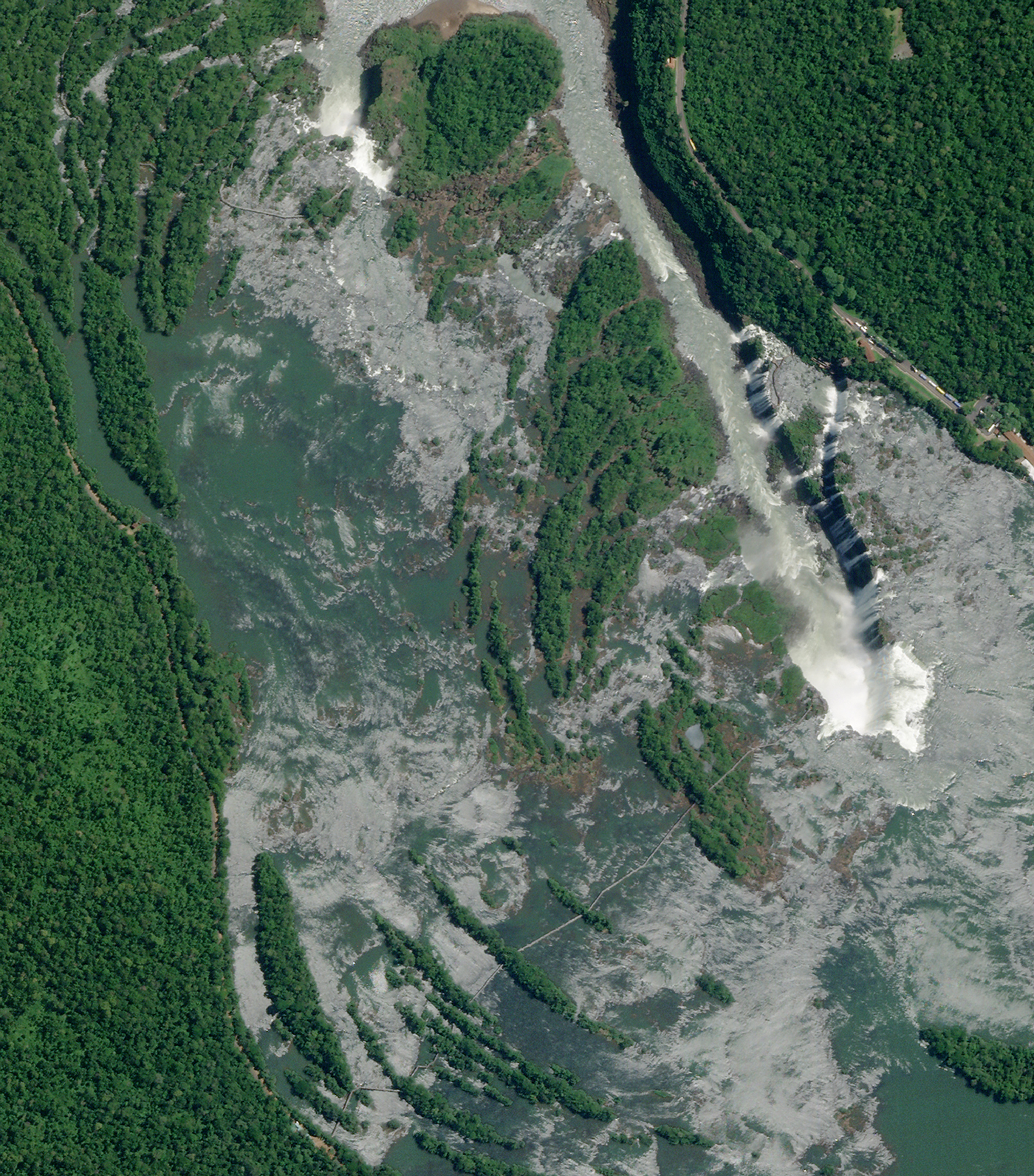 |
SkySat • Iguazú Falls, Argentina & Brazil • November 17, 2019 |
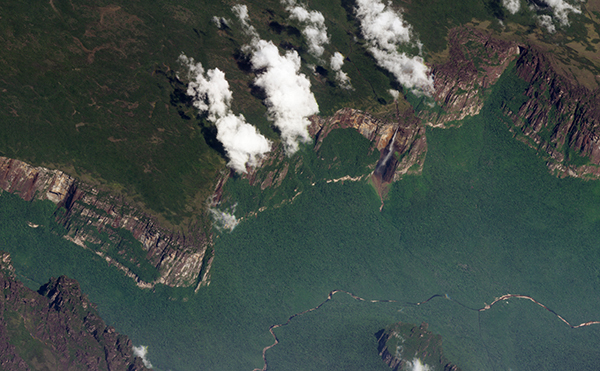 |
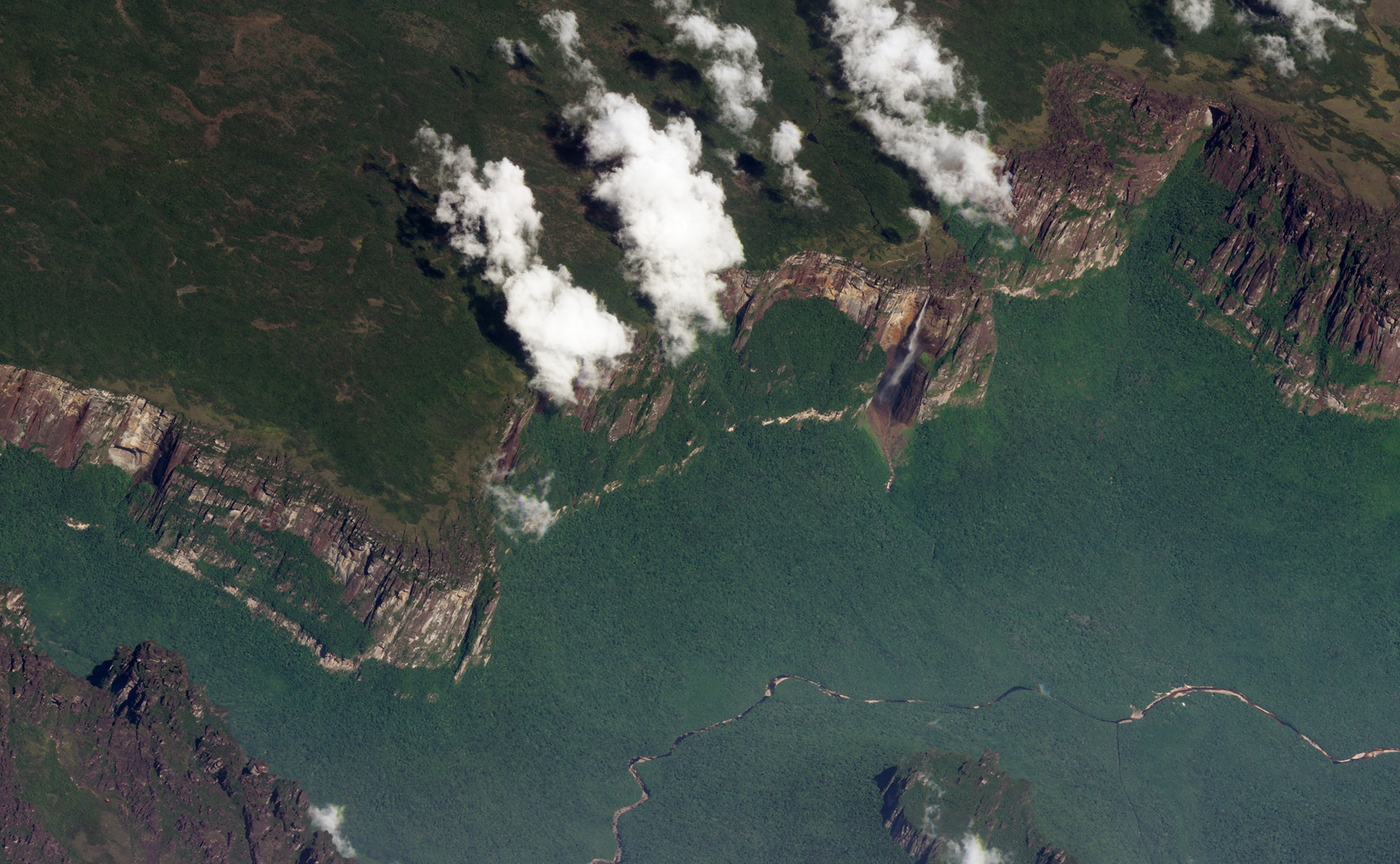 |
SkySat • Angel Falls, Venezuela • March 23, 2018 |
And speaking of optical trickery, here’s a popular tourist site in Mauritius that looks like (and is often marketed as) an underwater waterfall. But it’s really just a unique sand pattern. Though it sounds strange, the world’s largest waterfall is actually underwater, but it’s far too deep for us to see. |
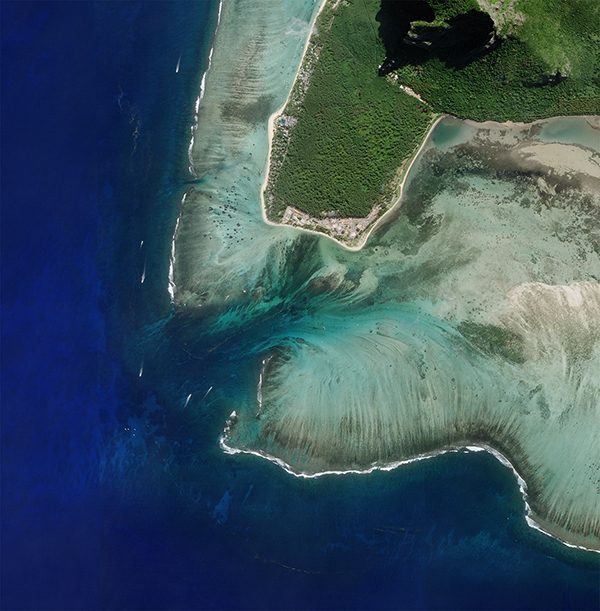 |
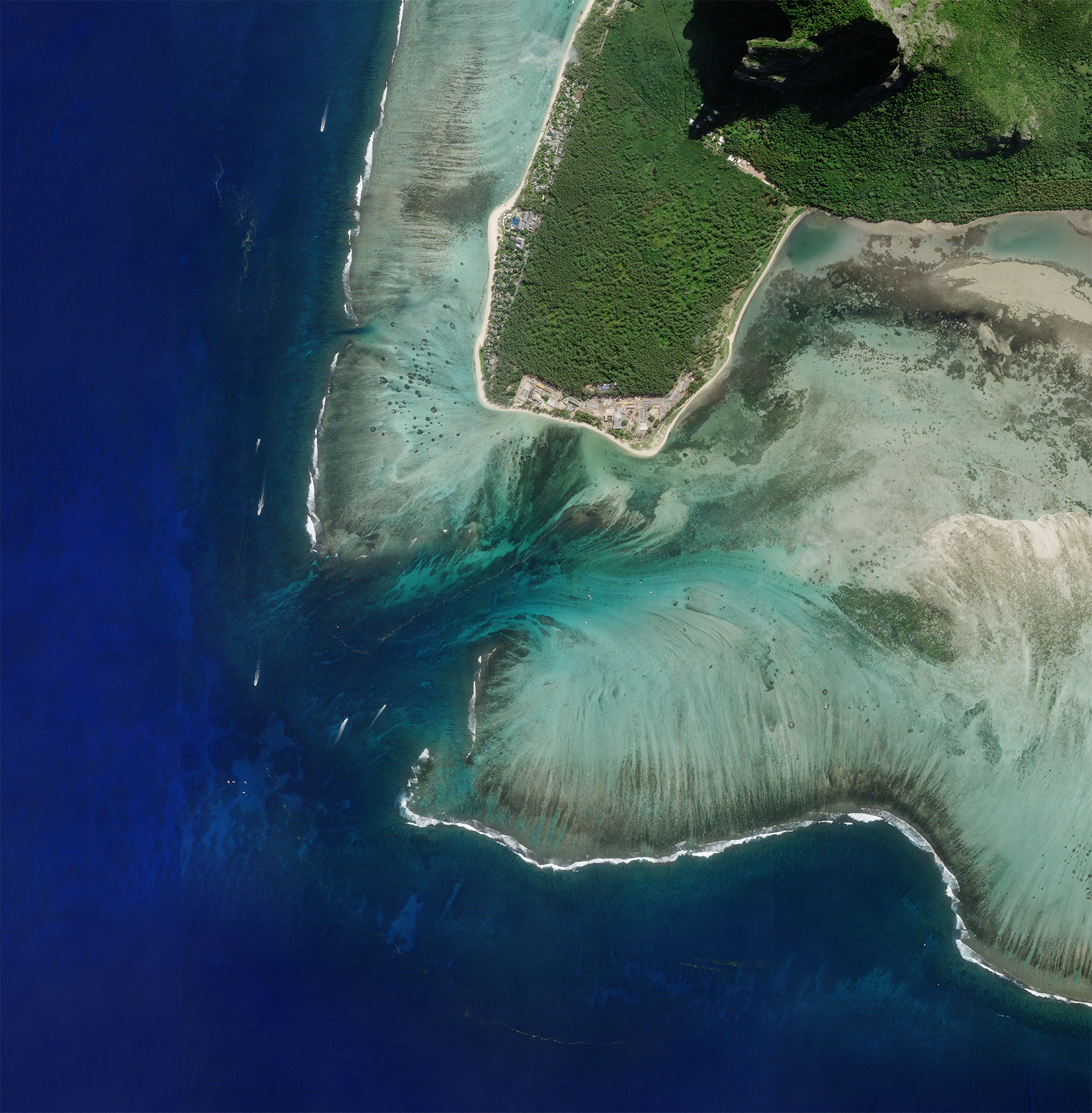 |
SkySat • Le Morne Brabant, Mauritius • April 23, 2023 |
|
|
|
|
|
Weekly Revisit
Last week we got in the spirit of summer crowds and attended some of the world’s largest events from above. So check it out in case you missed it and read more stories from the full archive if you’re extra curious. |
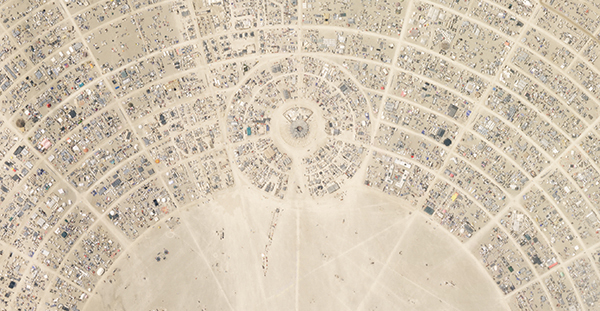 |
SkySat • Lake Valencia, Venezuela • March 25, 2023 |
|
|
|
|